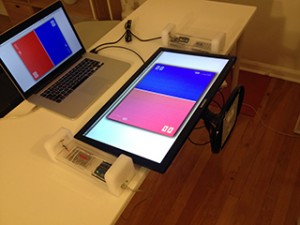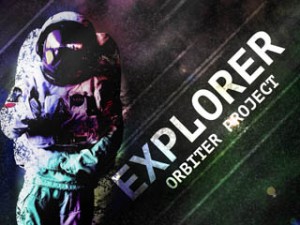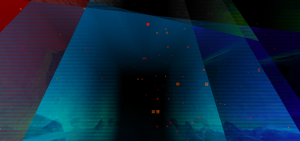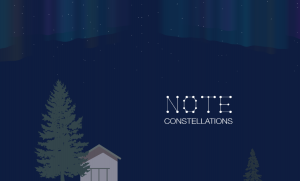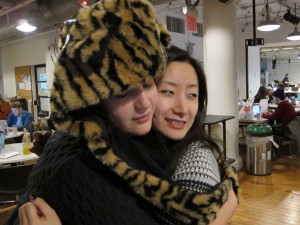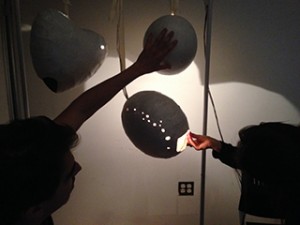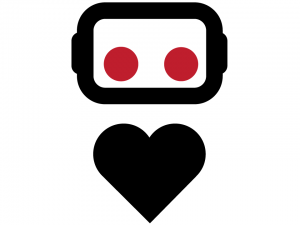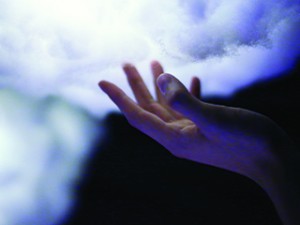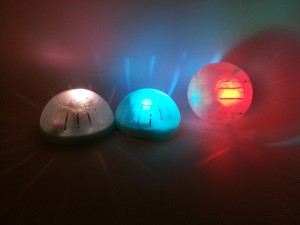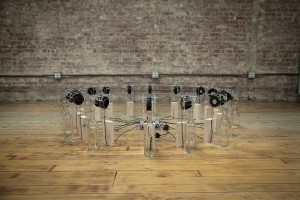Jonathan Han, Jedy Chen
Inspired by the mechanics of an ancient Chinese plucked zither called the Guzheng, Equilibrium 2.0 is reimagined into a rhythmic sequencing game designed for a collaborative and conversational experience between two individuals.
http://jedychen.com/category/equilibrium/
Description
The first iteration of the game led us to design an interaction that had both players pluck their individual string, held by two piezo flex sensors connected to their individual micro controller. The physical interaction of plucking have to be timed perfectly by both players to bring the undulating movement of a sin wave to a standstill.
However, we felt that the physical interaction of did not fully correspond to the design of the UI. As a result, we ‘married’ the physical interaction to the design of the UI in our second iteration.
The Chinese plucked zither is a musical instrument ancient Chinese Aristocrats would learn to play. They would, through the playing of the instrument, converse their inner feelings with another individual. In the movie, Red Cliff, directed by Ang Lee, two warring generals were seen playing the instrument to converse and reveal their innermost feelings and thoughts.
Similar to our initial idea of equilibrium, we were inspired by the mechanics of the instrument and its intentional yet subtle conversational quality. Hence, the design of the UI took after the instrument. Players now have to ‘pluck’ at individual micro controllers to hit a node placed at a designated string on the UI. They can hit the node individually but will gain more (game points) from hitting it at the same time.
The design of the experience is minimalistic. The minimalistic design approach directed the decision towards the the industrial, typography, UI design and choice of materials. The minimalistic approach paralleled the intent of equilibrium. From an information design perspective, the formal choices were clear. The only difference in the UI design is the circular node that is the focus for both players.
Equipment: Dell 23 Inch Monitor, HDMI to HDMI Cable, Power Cords and White Table.
Classes
Introduction to Physical Computing

